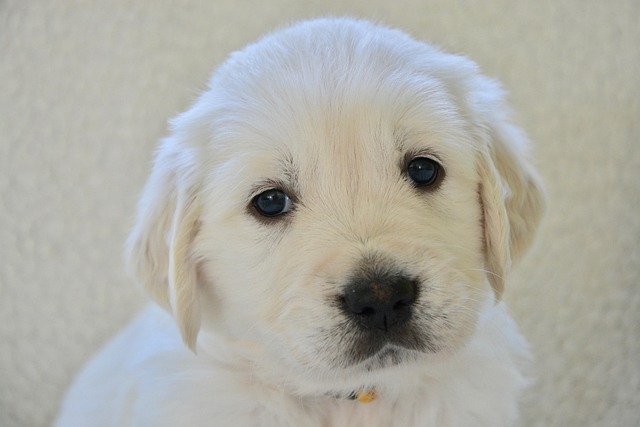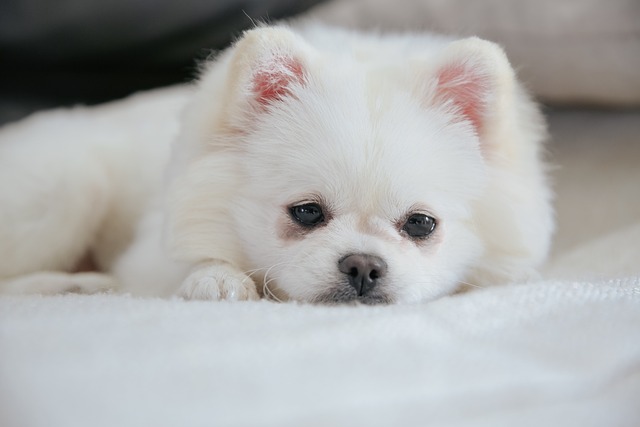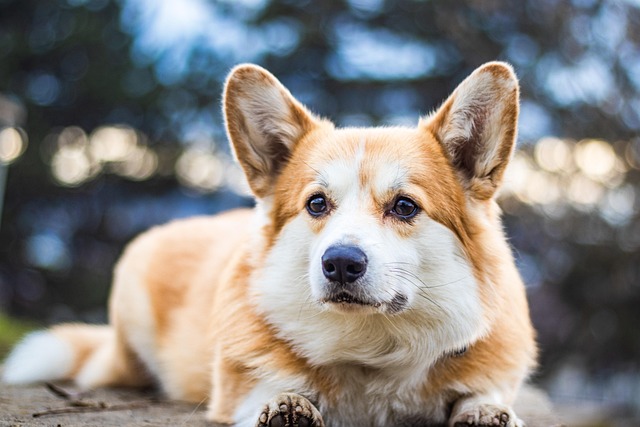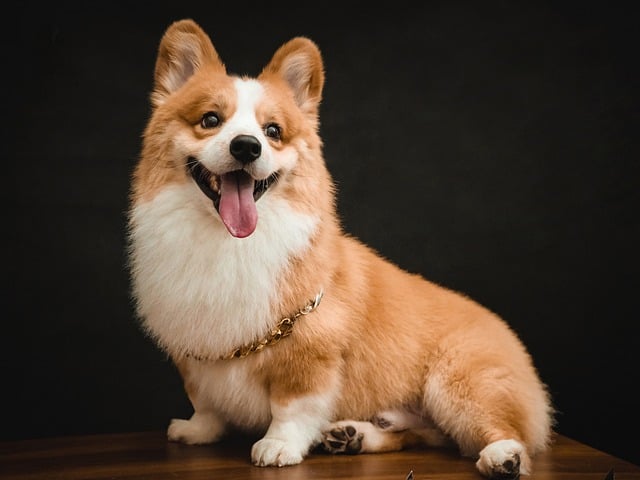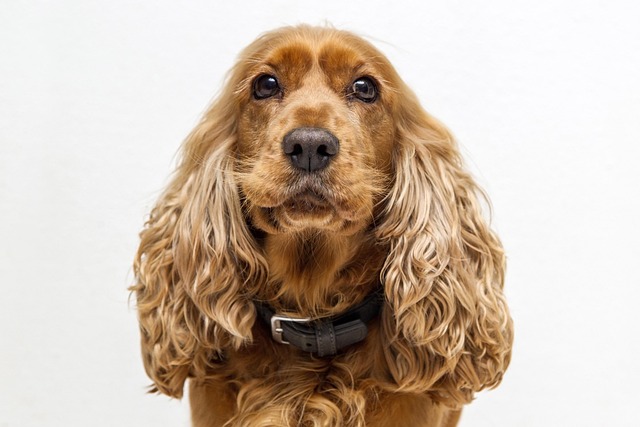When your dog lunges, barks, or shows signs of distress around other dogs, it's natural to wonder if they'll ever be able to enjoy canine companionship. The truth is, while you may not be able to completely transform your reactive dog into a social butterfly, you can absolutely help them develop better coping skills and reduce their stress levels around other dogs through thoughtful training and management.
Reactive behavior in dogs stems from fear, anxiety, or overstimulation rather than aggression or dominance. Think of it like a person who gets overwhelmed in crowded spaces – they're not trying to be difficult, they're simply struggling to process their environment. Common triggers include sudden movements, direct eye contact from other dogs, or feeling trapped on a leash. The mistake many well-meaning owners make is forcing their dog into situations they can't handle, believing that more exposure will automatically lead to comfort. This approach often backfires spectacularly, creating deeper negative associations.
Your role as an owner in managing reactive dog behavior cannot be overstated. Dogs are incredibly perceptive to human emotions, and your anxiety about potential incidents can travel straight down the leash. When you tense up upon seeing another dog approaching, your reactive dog picks up on this energy and becomes even more alert. Instead of bracing for disaster, practice maintaining relaxed shoulders and steady breathing. This isn't about pretending everything is fine – it's about becoming a calm, confident leader your dog can trust to handle challenging situations.
Environmental management for reactive dogs is like creating a safety net that allows your dog to learn without being overwhelmed. This means choosing walking routes with good visibility where you can spot other dogs early and create distance. Many successful owners develop a mental map of their neighborhood, knowing which times of day are busier and which paths offer escape routes. Remember, under most local leash laws, you're required to maintain control of your dog at all times, so having a management plan isn't just good training – it's legal compliance.
The key to training reactive dogs without direct interaction lies in changing their emotional response to other dogs from a distance. Desensitization works by gradually exposing your dog to the sight of other dogs at a distance where they can remain calm. Start far enough away that your dog notices but doesn't react – this might be 200 feet initially. Counterconditioning pairs the sight of other dogs with something wonderful, like high-value treats or their favorite toy. The goal is to help your dog think "other dog equals good things" rather than "other dog equals trouble."
Here's a practical approach you can implement immediately: Begin by identifying your dog's threshold distance – the point where they notice other dogs but remain calm. This becomes your working distance. Every time you spot another dog at this distance, immediately start feeding your dog tiny, delicious treats continuously until the other dog is out of sight. Over time, gradually decrease the distance as your dog becomes more comfortable. If your dog reacts, you've moved too fast – simply increase distance again and slow down the process.
Success depends on consistency and patience. Some dogs show improvement within weeks, while others may take months. Keep a training journal noting triggers, distances, and your dog's responses. This helps you track genuine progress and adjust your approach. Remember, in many apartment communities and public spaces, you're expected to maintain control of your dog and clean up after them – these management skills will serve you well in all situations.
Professional help becomes essential when your dog's reactivity escalates despite consistent training efforts, or when you feel unsafe managing the behavior alone. Certified dog behaviorists and trainers experienced with reactive dogs can assess your specific situation and create customized training plans. They can also help identify underlying medical issues that might contribute to reactive behavior. Many professionals now offer virtual consultations, making expert guidance more accessible than ever before.
The most important thing to remember is that how to manage reactive dog behavior isn't about forcing your dog to love all other dogs – it's about helping them feel safe and confident in their world. Some dogs will eventually enjoy calm, controlled interactions with select canine friends, while others may simply learn to coexist peacefully at a distance. Both outcomes represent tremendous success when you consider where you started. Your patience, consistency, and commitment to your dog's emotional well-being will make all the difference in their journey toward a more relaxed, confident life.
